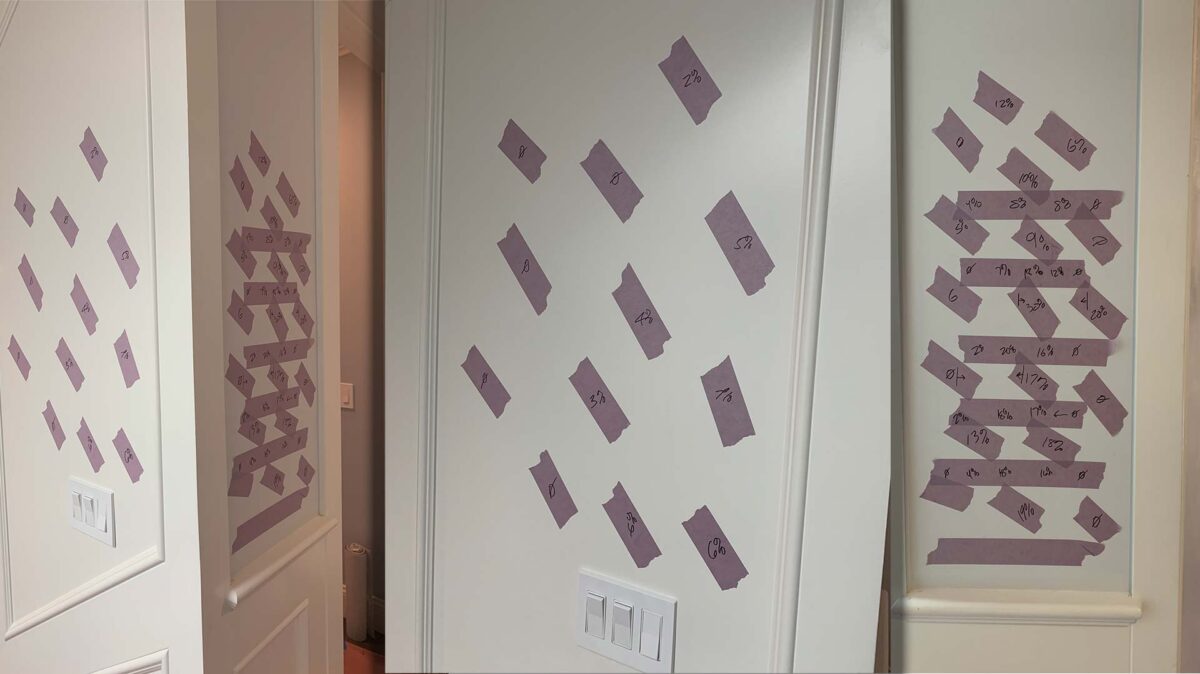What is Moisture Mapping for Moisture Intrusion?
Moisture mapping for moisture intrusion in buildings involves creating a visual representation of moisture levels across different areas. This process often includes using specialized tools such as moisture meters, infrared cameras, or sensors to detect and measure moisture content.
By mapping these readings, professionals can identify areas of concern, potential water intrusion points, and assess the extent of water-related problems. This helps in developing targeted strategies for remediation and preventing long-term damage to the building structure. It is important to find experienced professionals in moisture mapping for moisture intrusion.
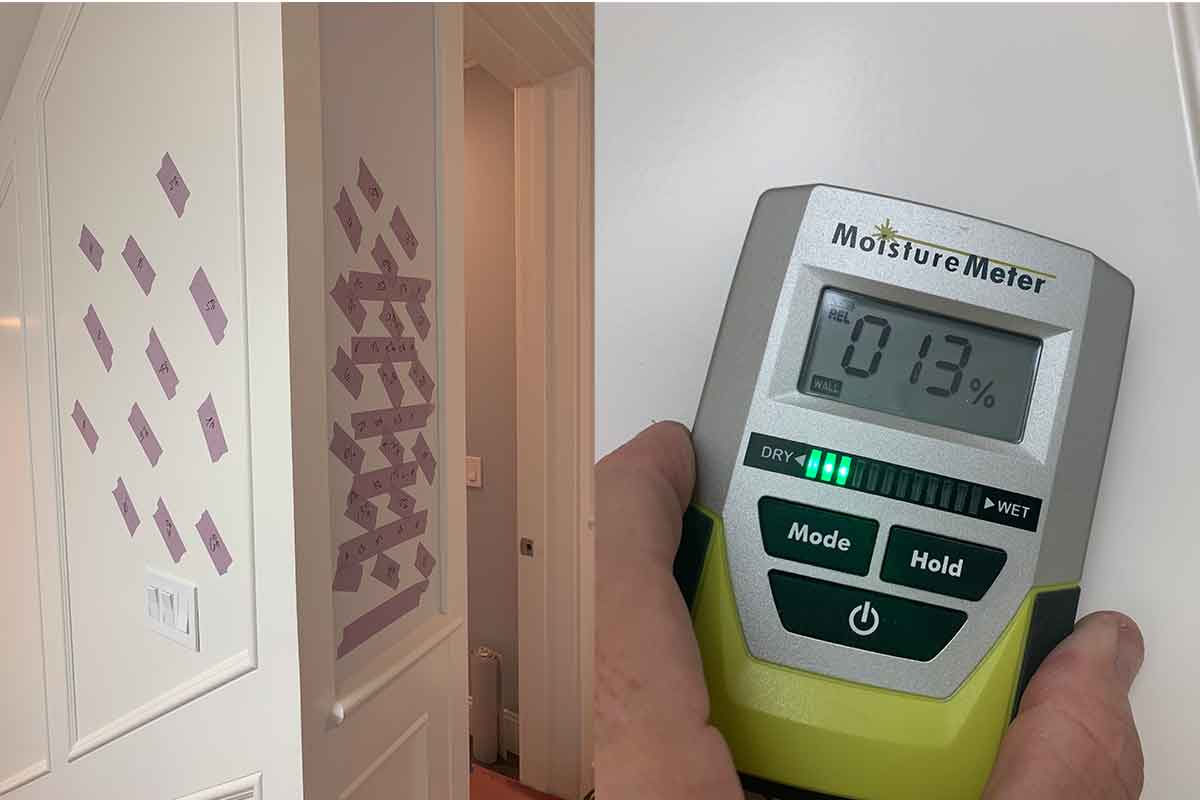
What is Moisture Intrusion
Moisture intrusion in a building refers to the unwanted presence of water or excessive moisture within the building envelope. It occurs when water or moisture from the exterior environment, such as rain, snow, or groundwater, penetrates into the building through gaps, cracks, or openings in the
Moisture intrusion can also result from plumbing leaks, condensation, or high humidity levels inside the building. If left unaddressed, moisture intrusion can lead to various issues, including mold growth, structural damage, deterioration of building materials, and compromised indoor air quality. Moisture mapping for moisture intrusion shows the path or pattern in which the water is entering the building. This will help a professional in the leak detection field to figure out the possible solution to the water leak and prevent future or further damage.
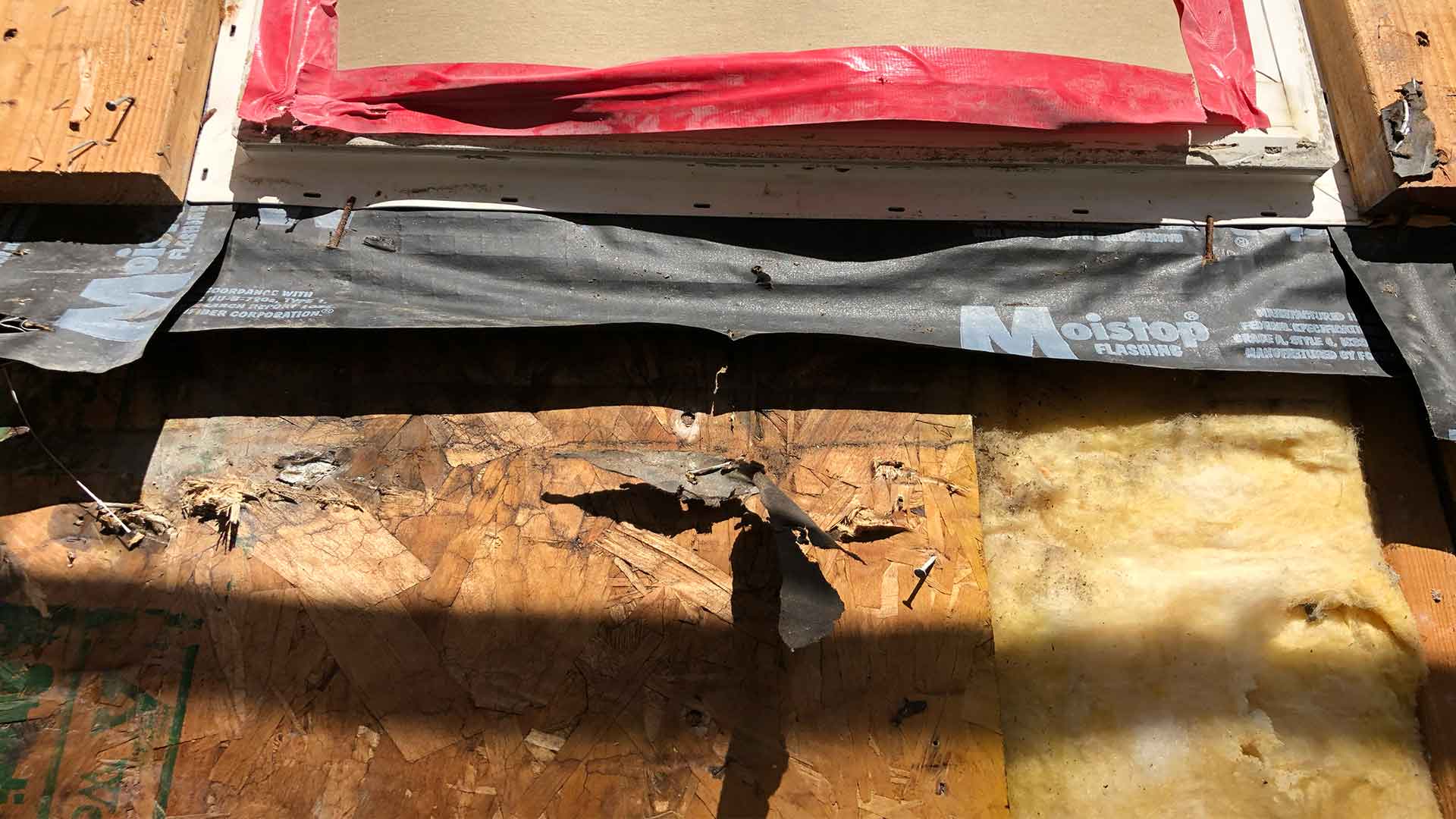
Potential Risks and Damages Associated with Moisture Intrusion in Buildings
Structural Damage:
Moisture intrusion can lead to damage to the structural components of a building, such as walls, floors, and ceilings. Over time, moisture can weaken the building materials, causing them to deteriorate and potentially collapse.
Mold and Mildew Growth:
Moisture provides the ideal conditions for mold and mildew growth. These fungi can spread rapidly and release spores into the air, which can cause respiratory issues, allergies, and other health problems for occupants.
Health Hazards:
In addition to mold and mildew, moisture intrusion can also lead to the growth of bacteria and other microorganisms. These can release toxins and allergens into the air, which can cause or exacerbate respiratory problems, asthma, and other health issues.
Decreased Indoor Air Quality:
Moisture intrusion can lead to increased humidity levels in a building, which can create a damp and uncomfortable environment. High humidity can also contribute to the growth of dust mites and other allergens, further decreasing indoor air quality.
Damage to Personal Belongings:
Moisture can damage furniture, carpets, electronics, and other personal belongings. It can cause warping, discoloration, and deterioration of these items, leading to costly repairs or replacements.
Increased Energy Consumption:
Moisture intrusion can compromise the insulation of a building, reducing its energy efficiency. This can result in higher energy bills as the HVAC system works harder to maintain a comfortable temperature.
Decreased Property Value:
Buildings with a history of moisture intrusion can be seen as less desirable to potential buyers or tenants. The presence of mold or other damage caused by moisture can significantly reduce the value of a property.
Legal and Financial Implications:
If moisture intrusion and resulting damages are not addressed promptly, building owners may face legal consequences and financial liabilities. This can include lawsuits from occupants or fines for failing to maintain a safe and habitable environment. Overall, moisture intrusion in buildings can have a wide range of risks and damages, including structural damage, health hazards, decreased indoor air quality, damage to personal belongings, increased energy consumption, decreased property value, and legal and financial implications. It is essential to address and prevent moisture intrusion to maintain a safe and healthy indoor environment.
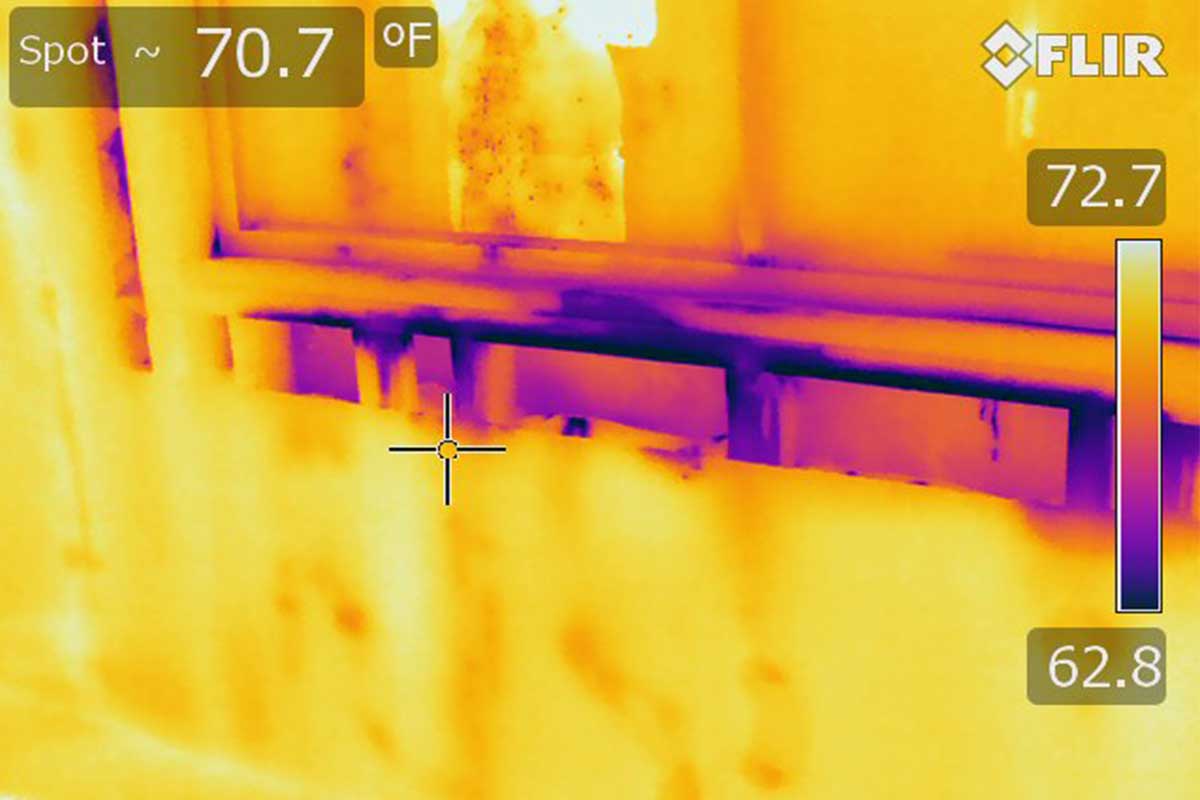
Tools used to identify moisture levels include moisture meters, infrared cameras and other sensors.
Moisture Meters used to identify moisture levels
Moisture meters are effective tools in moisture mapping of buildings due to their ability to directly measure the moisture content of various materials.
Non-Destructive Measurement:
Moisture meters can often provide non-destructive readings, allowing professionals to assess moisture levels without causing damage to the building materials.
Localization of Issues:
By taking readings at different locations, moisture meters help localize areas with abnormal moisture levels. Therefore this aids in identifying specific points of concern for further investigation.
Material-Specific Readings:
Moisture meters are designed to work with specific materials like wood, drywall, or concrete. This specificity enables accurate assessments tailored to the building components being analyzed.
Quick and Efficient:
Moisture meters provide rapid results, allowing for efficient mapping of moisture distribution throughout a building. This speed is crucial in addressing issues promptly.
Quantitative Data:
Moisture meters offer quantitative data, indicating the percentage of moisture in a material. This data is valuable for assessing the severity of the issue and tracking changes over time.
In summary, moisture meters contribute to the precision, speed, and effectiveness of moisture mapping by offering localized, material-specific, and quantifiable data for comprehensive analysis.
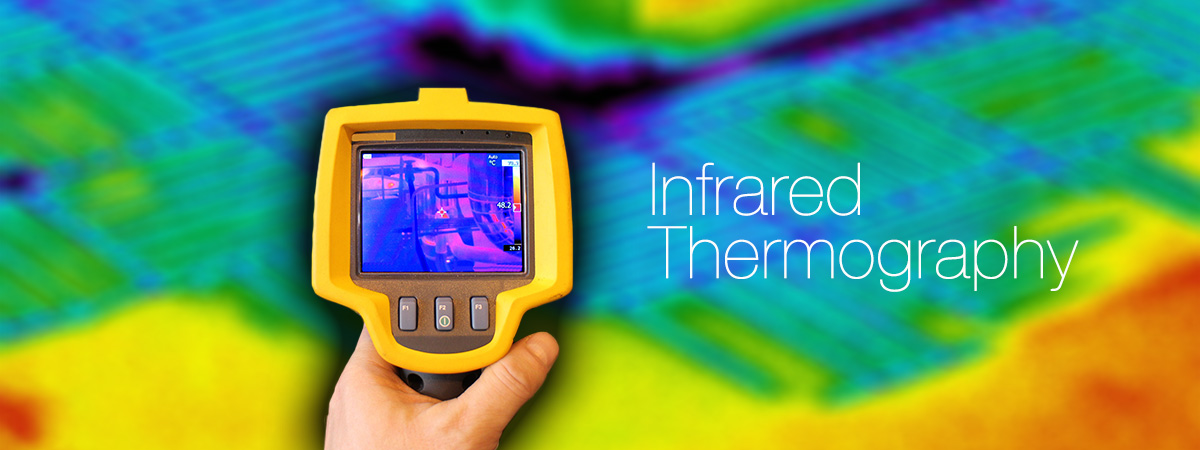
Infrared Cameras used for water intrusion in Los Angeles
An infrared camera, also known as a thermal imaging camera, is a device that captures infrared radiation (heat) emitted by objects and creates a visual representation of the temperature variations in a scene. Instead of relying on visible light, these cameras detect the heat emitted by objects or surfaces.
The camera uses sensors to convert the infrared radiation into an image where different temperatures are represented by varying colors or shades. This allows users to identify temperature differences, anomalies, or patterns that may not be visible to the naked eye.
In various applications, including building inspections, electrical diagnostics, and medical imaging, infrared cameras are valuable for detecting issues such as insulation gaps, water leaks, electrical hotspots, or even health conditions based on variations in body temperature.
Infrared Camera Used in Moisture Mapping for Moisture Intrusion
An infrared camera is useful in moisture mapping due to its ability to detect temperature differences, which can be indicative of moisture-related issues.
Temperature Variations:
Moist areas often have different thermal properties than dry areas. Infrared cameras can identify temperature variations on surfaces, helping to pinpoint potential moisture problems.
Visualizing Moisture Intrusion:
Water conducts heat differently than dry materials. Infrared cameras can visualize areas of potential moisture intrusion, such as leaks or damp spots on walls, ceilings, or floors.
Early Detection:
Infrared cameras can identify moisture issues at an early stage before visible signs, such as stains or mold, become apparent. This early detection is crucial for preventing extensive damage.
Large-Scale Inspection:
Infrared cameras enable rapid, large-scale inspections, making them efficient for assessing the extent of moisture-related problems in buildings.
Non-Destructive Testing:
Infrared cameras provide a non-destructive testing method, allowing professionals to identify moisture issues without causing damage to the building structure.
By capturing thermal images and highlighting temperature variations, infrared cameras enhance the effectiveness of moisture mapping for moisture intrusion, aiding in the identification and assessment of potential problem areas.
Moisture mapping for moisture intrusion can be applied to various areas or parts of a building
Signs in a building that might necessitate moisture mapping include visible water stains, mold growth, musty odors, or deteriorating materials. Additionally, warped or discolored surfaces, peeling paint, or an increase in pest activity can indicate potential moisture issues.
Moisture mapping can help identify the source and extent of the problem, allowing for targeted remediation to prevent further damage and maintain a healthy indoor environment. Comprehensive moisture mapping helps pinpoint areas requiring attention and guides effective remediation efforts.
Roofing: Identifying leaks or water intrusion points on the roof.
Water Stains:
One of the most obvious signs of a roof leak is water stains on the ceiling or walls. These stains may appear as discolored patches or streaks and can vary in size and shape.
Dripping Water:
If you notice water dripping from the ceiling or walls, it is a clear indication of a roof leak. This can occur during or after rainfall and should be addressed immediately to prevent further damage.
Mold or Mildew Growth:
Moisture intrusion from a roof leak can create a favorable environment for mold and mildew growth. If you notice any signs of mold or mildew, such as a musty odor or visible patches, it is essential to have a moisture intrusion inspection.
Peeling or Bubbling Paint:
When water seeps into the walls or ceiling due to a roof leak, it can cause the paint to peel or bubble. This occurs as the water weakens the adhesion between the paint and the underlying surface.
Sagging or Warped Ceiling:
Prolonged exposure to water from a roof leak can cause the ceiling to sag or warp. This is a serious sign of moisture intrusion and should be addressed immediately to prevent further structural damage.
Damp or Wet Insulation:
If you have access to your attic, check for signs of damp or wet insulation. Roof leaks can allow water to seep into the attic space, saturating the insulation and reducing its effectiveness.
Increased Energy Bills:
A roof leak can compromise the insulation and ventilation in your home, leading to increased energy consumption. If you notice a sudden spike in your energy bills without any other explanation, it may be due to a roof leak and subsequent moisture intrusion.
Roof damage or missing shingles:
Inspect your roof for any visible signs of damage, such as cracked, curled, or missing shingles. These issues can create openings for water to enter your home and should be addressed promptly.
Wet or Damp Attic:
If you have access to your attic, check for any signs of moisture, such as wet or damp areas, water stains, or condensation on surfaces. These signs indicate a roof leak and the need for a moisture intrusion inspection.
Water Pooling on the Roof:
After rainfall, check your roof for any areas where water is pooling instead of draining properly. This can be a sign of a roof leak or inadequate drainage system, both of which require inspection and repair.
If you observe any of these signs, it is advisable to consult a moisture intrusion testing specialist to assess the extent of the leak and perform necessary testing to identify the source of moisture intrusion and remediation. Moisture mapping for moisture intrusion can help to find the potential source.
Walls: Detecting moisture within exterior and interior walls.
Discoloration or Staining on the Walls
If you notice any yellow or brown stains on your walls, it could be a sign of water leakage. These stains typically appear in areas where water is seeping through the walls.
Peeling or Bubbling Paint
Water leaks can cause the paint on your walls to peel or bubble. This occurs when moisture gets trapped between the paint and the wall surface, causing it to separate from the wall.
Damp or Musty Odor
If you detect a persistent musty smell in a specific area of your home, it could indicate moisture intrusion. This smell is often caused by mold or mildew growth resulting from water leaks.
Warped or Buckling Walls
When walls are exposed to excessive moisture, they may start to warp or buckle. This can be seen as uneven or bulging sections on the wall surface.
Mold or Mildew Growth
The presence of mold or mildew on your walls is a clear indication of moisture intrusion. Mold thrives in damp environments, so if you see any black or green patches on your walls, it’s likely due to water leaks.
Water Stains on Ceilings or Floors
Water leaks can also appear as stains on ceilings or floors, especially if the leak is coming from above. Look for any discoloration or water marks on these surfaces.
Increased Humidity Levels
If you notice a significant increase in humidity levels within your home, it could be a sign of moisture intrusion. Excessive moisture in the air can result from water leaks in the walls.
Windows and Doors: Checking for leaks or condensation around these openings.
- Visible water stains or discoloration around the windows or doors.
- Peeling or bubbling paint or wallpaper near the windows or doors.
- Mold or mildew growth on or around the windows or doors.
- Musty or damp odor near the windows or doors.
- Condensation or fogging between the window panes.
- Warped or damaged window frames or door frames.
- High humidity levels inside the building.
- Increase in energy bills due to air leakage.
- Drafts or air leaks around the windows or doors.
- Water pooling or puddling near the windows or doors during rain.
If you observe any of these signs, it’s recommended to conduct moisture intrusion testing or rain leak identification to find the source of the leak and prevent further damage to your walls and property.
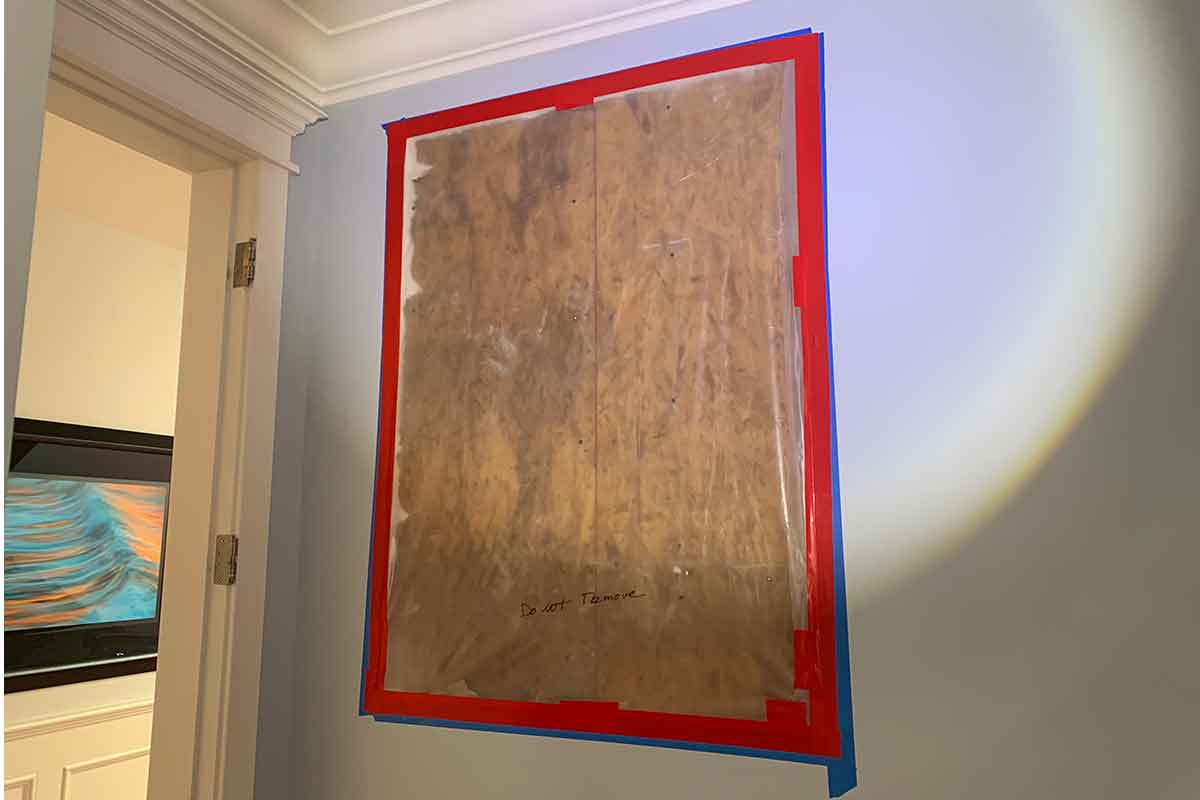
Benefits of Moisture Mapping
Early Detection of Moisture Problems:
Moisture mapping can help identify areas of excess moisture or water damage before they become more severe. This early detection allows for prompt repairs and prevents further damage to the structure or property.
Prevention of Mold and Mildew Growth:
Excess moisture can lead to the growth of mold and mildew, which can be harmful to human health and cause structural damage. Moisture mapping helps identify areas prone to mold growth, allowing for targeted remediation efforts to prevent its spread.
Cost Savings:
By identifying and addressing moisture issues early on, moisture mapping can help prevent more extensive and expensive repairs down the line. Therefore, it can also help reduce energy costs by identifying areas of air leakage or inadequate insulation.
Improved Indoor Air Quality:
Excess moisture can contribute to poor indoor air quality, leading to respiratory issues and allergies. Moisture mapping helps identify sources of moisture and allows for proper ventilation and dehumidification, improving the overall air quality.
Insurance Claims and Documentation:
Moisture mapping provides objective data and documentation of moisture-related issues, which can be useful for insurance claims or legal purposes. It helps establish the extent of damage and aids in the resolution of disputes.
Building Performance Optimization:
Moisture mapping can help identify areas of heat loss or thermal bridging, leading to improved energy efficiency and building performance. It allows for targeted insulation and moisture control measures, resulting in reduced energy consumption and increased comfort.
Peace of Mind:
Regular moisture mapping for moisture and monitoring provide property owners and occupants with peace of mind, knowing that potential moisture problems are being addressed. It helps maintain a safe and healthy living or working environment.

